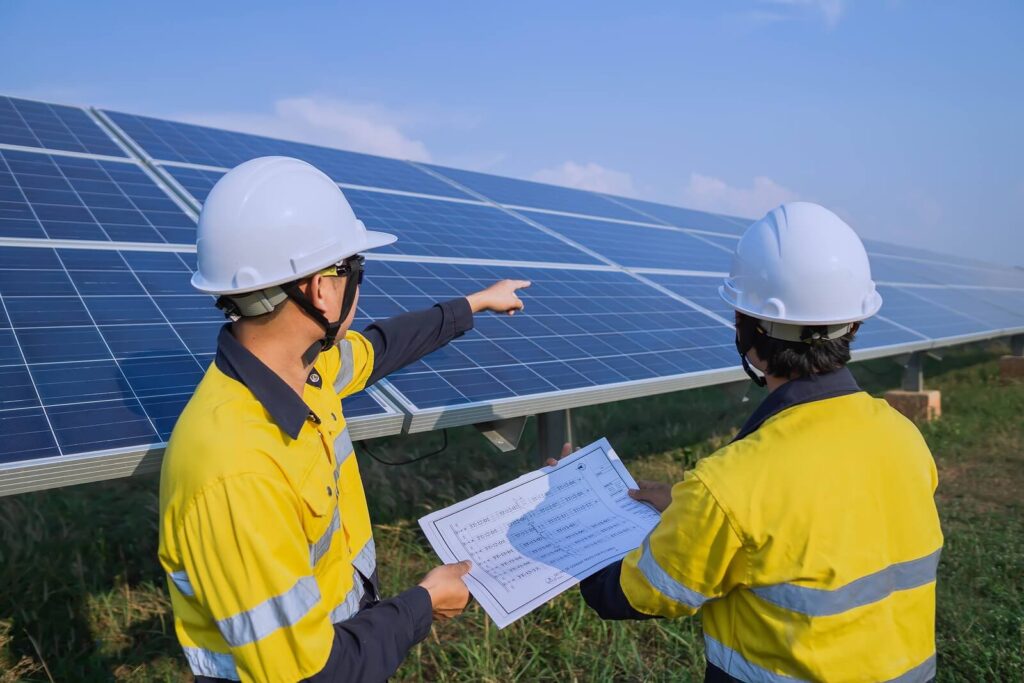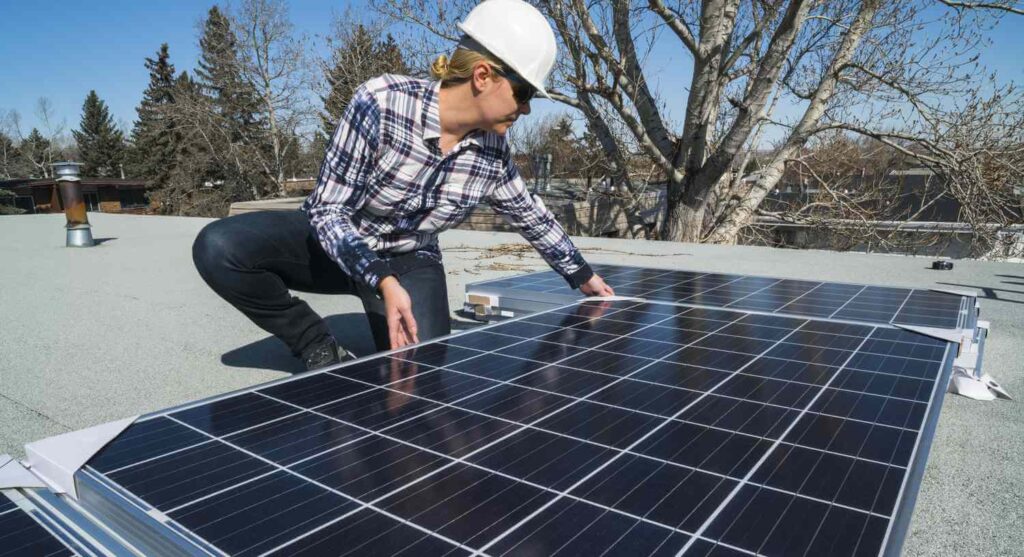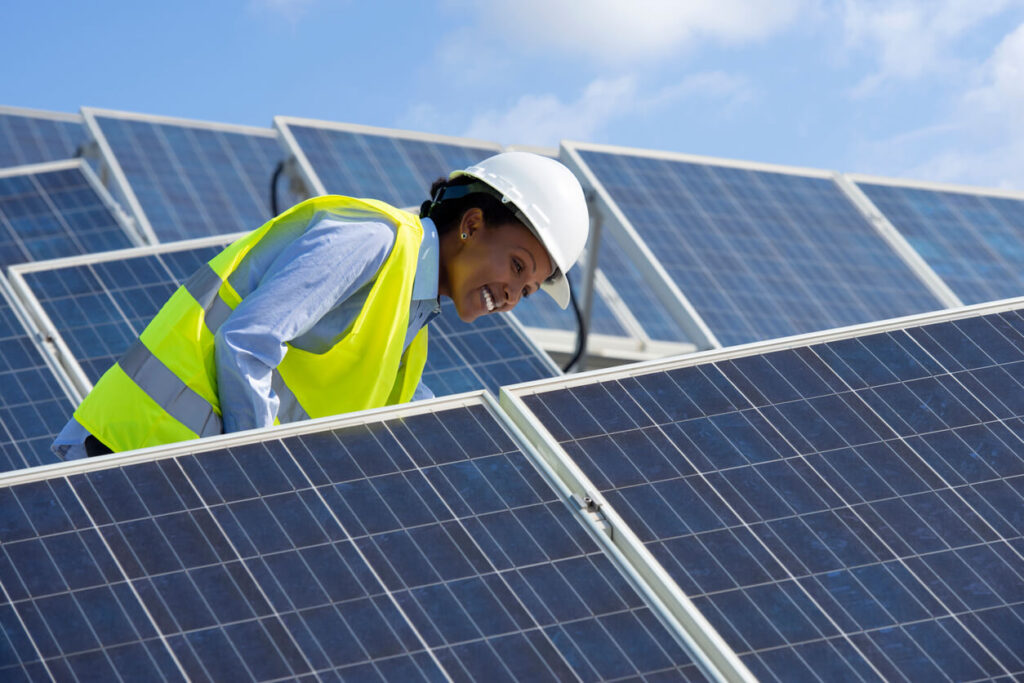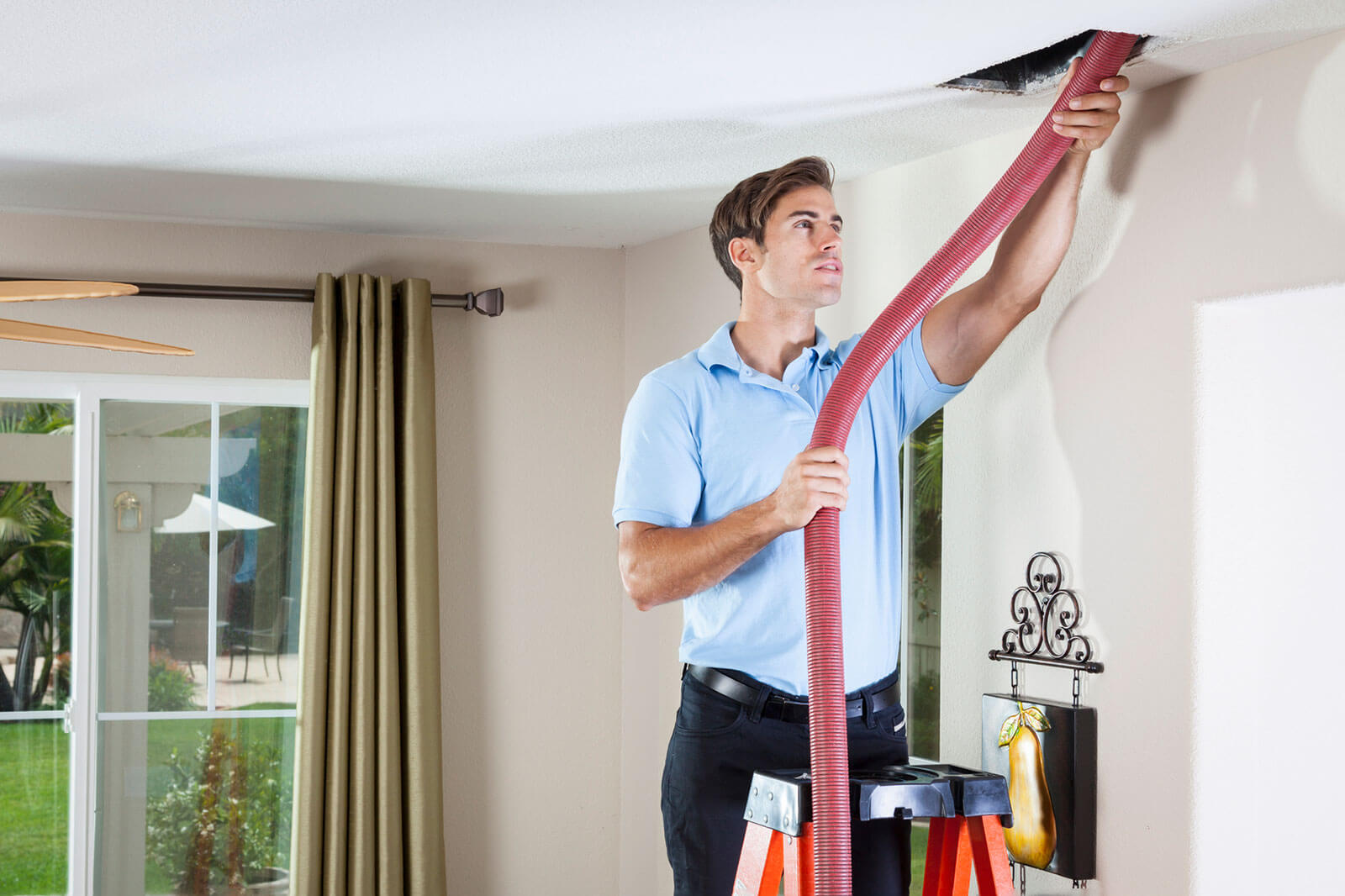Solar panel systems can save you money and help the environment. Solar panel systems can be independent of the grid or allow you to make profits by selling power back to suppliers. Many people find relief by lowering their energy bills.
Solar panels are usually installed by specialists or general contractors. You will be able to understand the process and may decide that you can install solar panels.
When should solar panels be installed?
You can install solar panels at any time of the year. You may want to wait until the snow melts if you live in an area with regular snowfall. This will depend on the type of solar panel you choose.
Safety considerations
Solar panels are often bulky and must be installed on roofs. When working on a roof, be careful and wear fall protection. Particular caution is required when bringing materials onto the roof or working close to the edge.
Installing a solar system requires electricity. All safety precautions should be taken when installing electrical components.

Tools
- Tape measure
- Marker or pencil
- Drill with bits
- Chalk line
- Wrench set
- Screwdrivers
- Metal cutting saw
- Tools for electrical wiring
Materials
- Photovoltaic panels
- Racking system
- Roof sealant (roofing silicone or roofing tar)
- Power inverter
- Batteries
- Controller for charges
- Energy meter (optional)
- If necessary, a heat sink
- Electrical wiring components
Instructions
A solar panel is actually a collection of panels of solar photovoltaic (PV) panels. These panels can be connected to various components that control sun-generated electricity.
You should consider many factors when considering solar power for your home. A solar energy consultant may be the best person to help you if you are thinking of installing your own solar panels. You’ll get all the information you need to make informed decisions about your project. An employee contractor will, however, have their own experts to assist you in making decisions.
You can also have a consultant direct you to the best manufacturers for your needs.
1. Verify Compatibility
Before you start, ensure that your home is prepared to receive solar energy. You need to determine if your roof has enough space or whether you have enough room for the panels to be placed at ground level. It is possible to trim or remove trees. Your electrical panel might need upgrading. Make sure that your roof is in good condition and will not need to be replaced anytime soon.
2. Choose the size
Once you have established that your home is compatible with the system, you can decide what your system should do. The energy can be used to run lights or small appliances. You can also create enough energy for the power company to sell it.
3. Get Permits
For your area, apply for a building permit. You may need a separate permit for certain areas.
Electrical permit. The most time-consuming part of a project is often waiting for permits to be approved and scheduling inspections.
4. Get Incentives
Get the most out of your solar investment. There are many incentive programs at both the local and state levels. The federal incentives also change from time to time. To offset your costs, you may be eligible for tax credits, rebates, or grants from multiple sources. These incentives can be applied before you start any physical work. To finance your project, you might consider applying for a solar loan.

5. Preparation
Solar panel requirements can vary depending on where they are located. This means that components for your project may need to be ordered directly from a retailer. To ensure that you have everything you need, order it all at once.
Materials can be used together.
6. Install Racking System
Mark the layout of the system on your roof. Follow the manufacturer’s instructions to install the metal racking system. Use silicone caulk or roofing tar to seal any cracks in roof shingles.
7. Install panels
Use the provided clamps to attach the PV panels to the racking. Next, wire each panel to its neighboring panels.
8. Install a heat sink
Heat sinks are devices that reduce heat from the panels. They can also improve the efficiency of the array. Many PV panels include heat sinks. An external heat sink is required if the PV panels do not have heat sinks.
9. Install Charge Controller
The charge controller delivers electricity where it is needed. The charge controller allows electricity to flow automatically through the system and into the batteries for storage. It should be installed between the battery bank and panels.
10. Install a Battery Bank
You can store any generated energy in your home in a bank to be used when the sun isn’t shining. To create one large battery, connect the batteries in series.
11. Install Power Inverter
Direct current (DC) electricity will come from your solar panels and batteries. For household wiring, it must be converted into alternating current (AC). Install a power inverter before and after the power controller and batteries.
12. Install an Energy Meter
An energy meter is a feature of most solar systems. It allows you to see how much electricity you generate and use. This device can keep track of how much energy is being sent to or from the electric grid.
13. Check Electrical
Double-check all wiring before wiring up your solar panel system. Make sure to ground the system at your PV panels. Your municipal inspector will conduct an electrical inspection at this time.
14. Connect to an Electrical Panel
Follow the instructions to connect the power inverter to the panel. This will depend on the use of the system.
When to call a pro
It is difficult and time-consuming to install a solar panel. Many homeowners prefer to have their systems installed by professionals. You will also be able to receive any incentives that you are entitled to by a solar contractor.
DIY installation is possible by hiring a contractor to do certain tasks. A lot of people will install the whole system, and then leave the wiring to licensed electricians. If you aren’t confident doing the job, hire a professional.
More to read: Top 10 Mother’s Day Hamper Ideas to Surprise Mum



